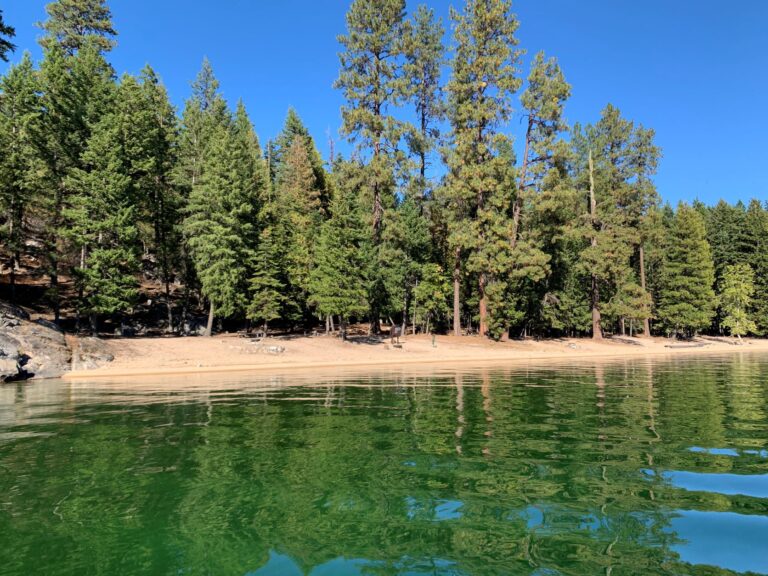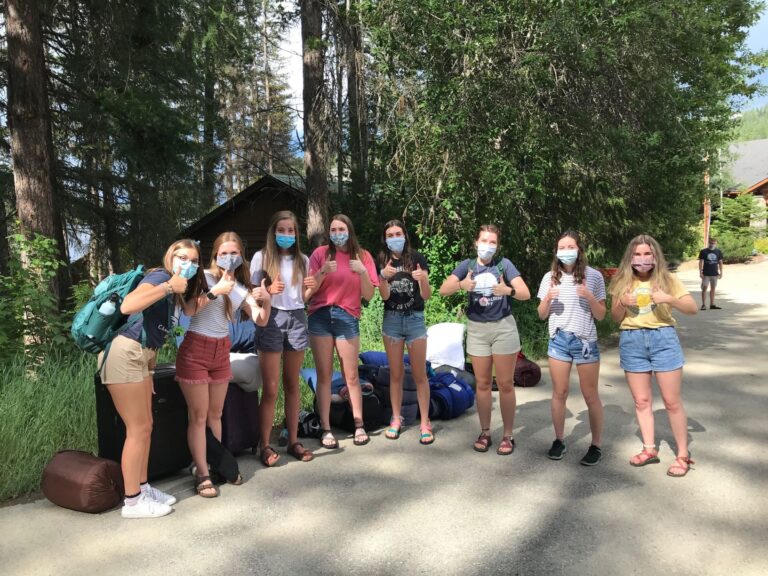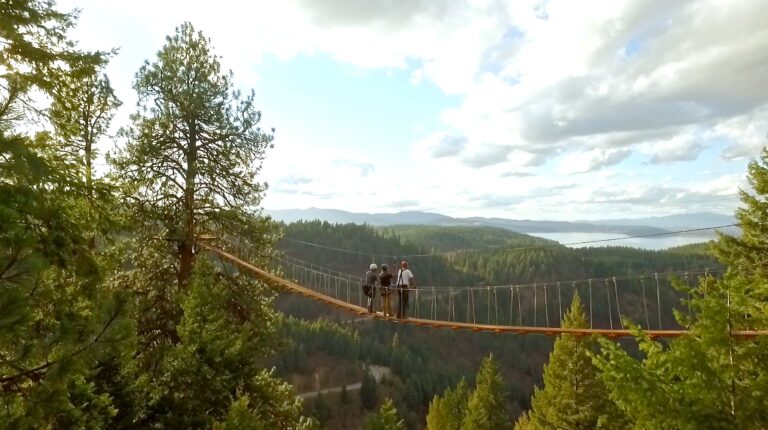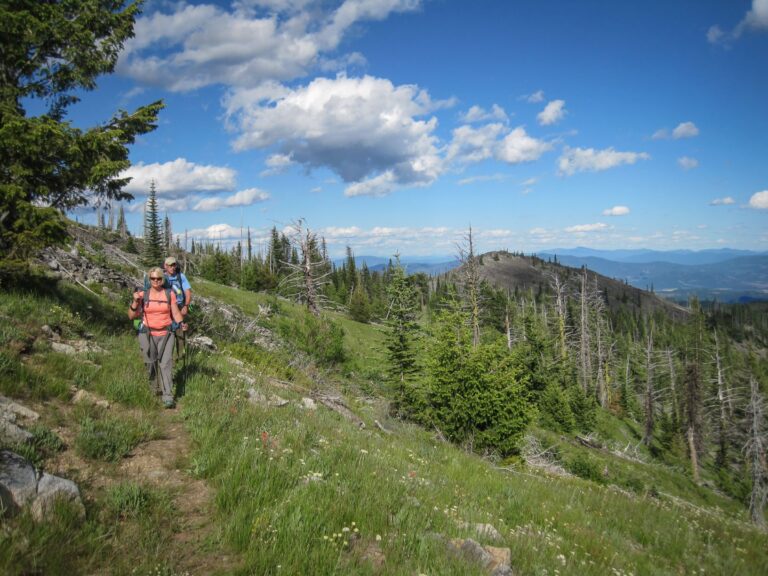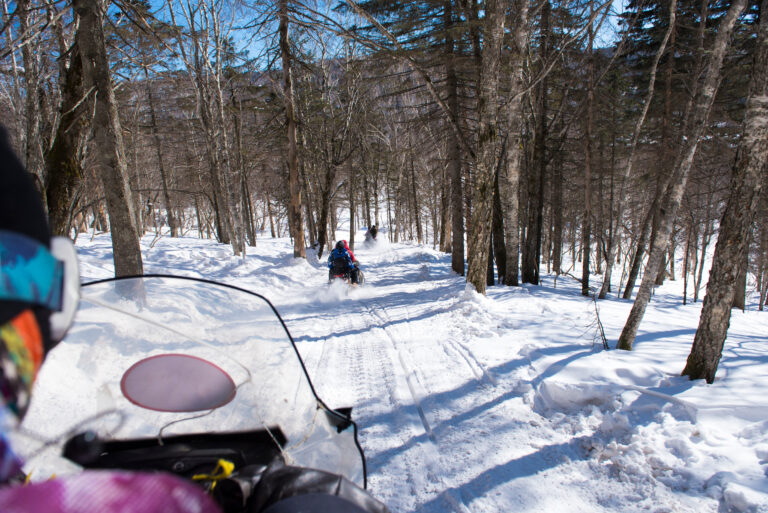By Karie Lee Knoke
Cover photo courtesy of Karie Lee Knoke
As winter releases its grip and the first green shoots pierce through thawing soil, foragers have long known that spring offers unique bitter plants that can help transition our bodies into the new season. These wild edibles, known collectively as “spring bitters,” have historically served as natural tonics to cleanse and energize after winter’s heavy foods.
Spring bitters are plants that contain compounds, primarily alkaloids and glycosides, that signal your taste buds to produce saliva and begin the digestive process and support liver function. Traditional herbalists believe these plants helped our ancestors transition from preserved winter foods to fresh spring fare. Here are some plants that you can forage right here in the Inland Northwest.
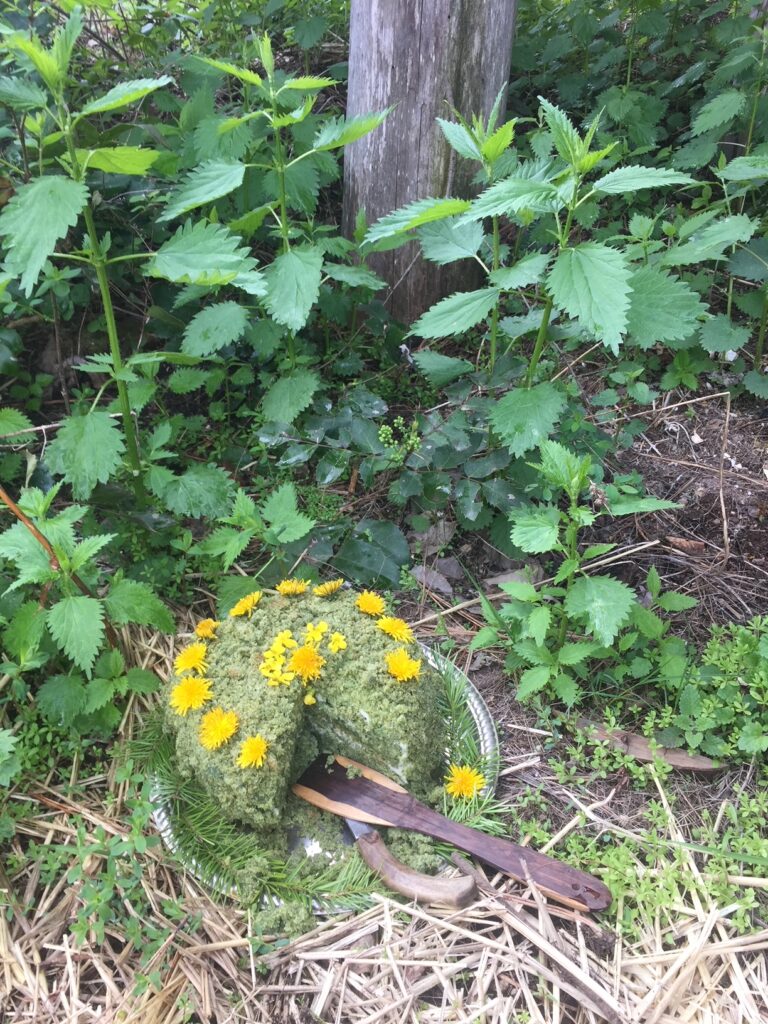
Dandelion (Taraxacum officinale)
The common dandelion stands as perhaps the most recognizable spring bitter. Every part of this plant offers different benefits. Young leaves provide a pleasant bitter taste perfect for salads. Roots can be roasted for tea or stews. Flowers are tasty sweet and add color to any dish or can be made into wine. You’re probably pulling this out of your garden anyway, so you might as well wash it off and eat it!
Chickweed (Stellaria media)
This tender green appears in early spring, often before other plants. It contains high levels of vitamins A and C and offers a mild, slightly bitter taste. Chickweed pesto is among my favorite on pasta or added straight to a salad. You’ll find chickweed in your garden or in moist, shady areas.
Wild Ginger Root (Asarum canadense)
Wild ginger can be found in moist, dark areas, often next to streams. Its illusive flower resembles an orchid, but is in fact in the birthwort family. It has been used to help with indigestion and gas by Native Americans and in modern herbalism. The root has a strong ginger-like flavor and can be dried and used to make tea. It is edible, however, take caution and only consume in small doses! The root can be rolled in sugar to make candy or simmered into a yummy syrup.

Mountain Bog Gentian Root (Gentiana calycosa)
This beautiful plant is found in and around wet areas at mid to high elevations throughout the Cascade, Olympic, and Rocky Mountains. They are short plants, with intensely blue tulip-looking flowers. Mountain bog gentian is used for digestion problems such as loss of appetite, fullness, intestinal gas, diarrhea, gastritis, heartburn, and vomiting. It is also used for fever, hysteria, and high blood pressure.
Woodland Violet (Viola spp.)
Wild violets are among the first wildflowers to pop up. When I see these beneath the trees, I know it’s game-on for foraging! Both yellow and purple flowers and the leaves are edible and delicious. Their heart-shaped leaves provide gentle bitterness and can be harvested throughout most of the early summer months. The flowers offer subtle sweetness and stunning presentation in salads. They are rich in mucilaginous compounds that soothe digestion.
Health Considerations
While spring bitters offer numerous benefits, consider these important points:
- Start slowly—Begin with small amounts to allow your digestive system to adjust. Some people may experience mild digestive upset when first introducing bitter foods.
- Individual reactions may occur—Those with certain medical conditions or taking medications should consult healthcare providers before consuming wild plants. Pregnant women should be especially cautious.
Foraging spring bitters connects us to ancient traditions of seasonal eating while providing natural support for our bodies’ transition into spring. With proper knowledge, careful identification, and responsible harvesting practices, these wild plants offer both culinary adventure and potential health benefits. Remember that foraging is as much about developing a relationship with your local environment as it is about gathering food.
Karie Lee Knoke is a wilderness/primitive skills instructor and founder of Sacred Cedars Wilderness School near Sandpoint, Idaho. She was a contestant on the reality survival TV show, Alone Season 9, on the History Channel. Go to www.karieleeknoke.com for more information, or follow her on Facebook @SacredCedarsWildernessSchool or Instagram @karie_lee_knoke.



